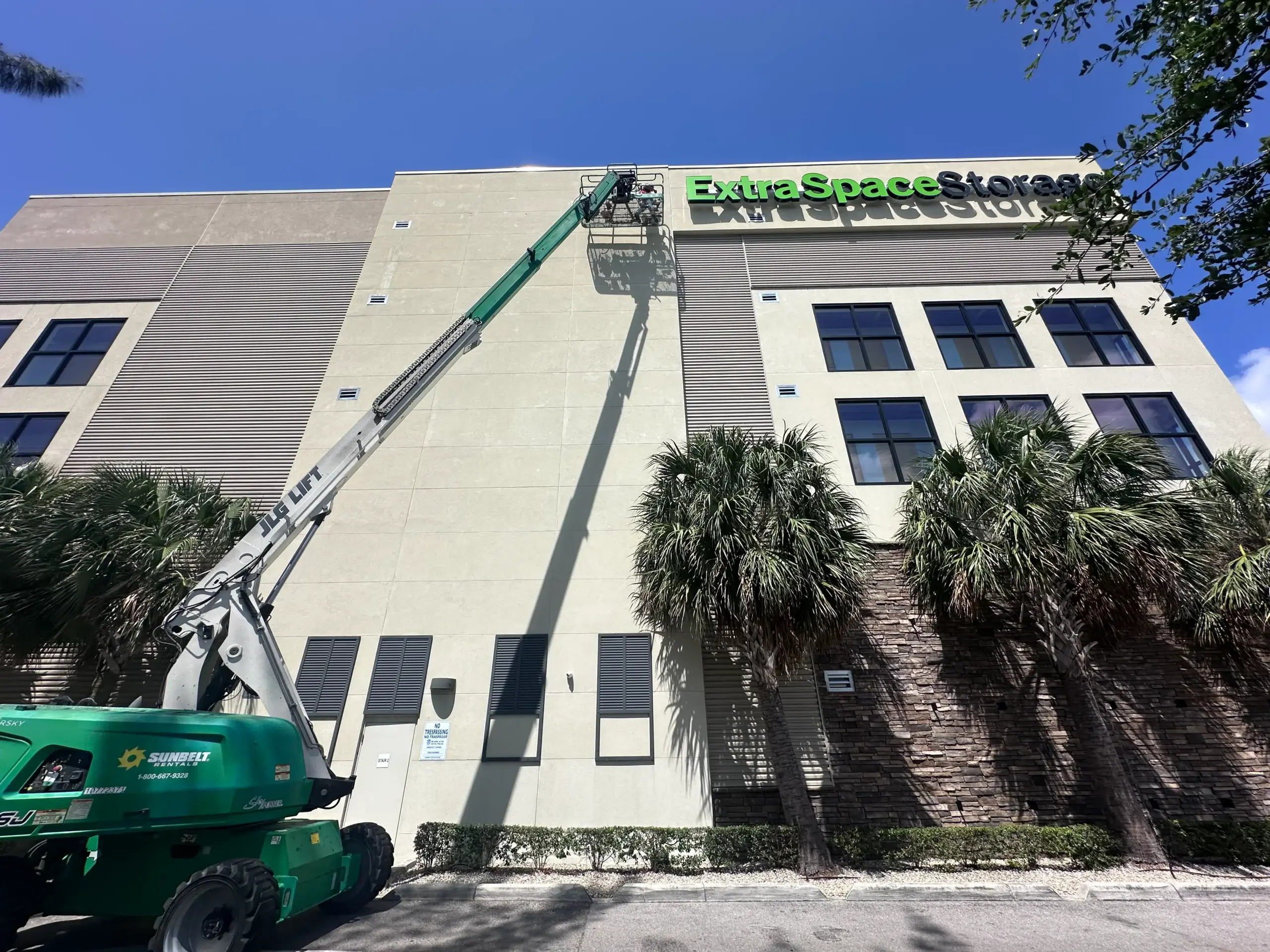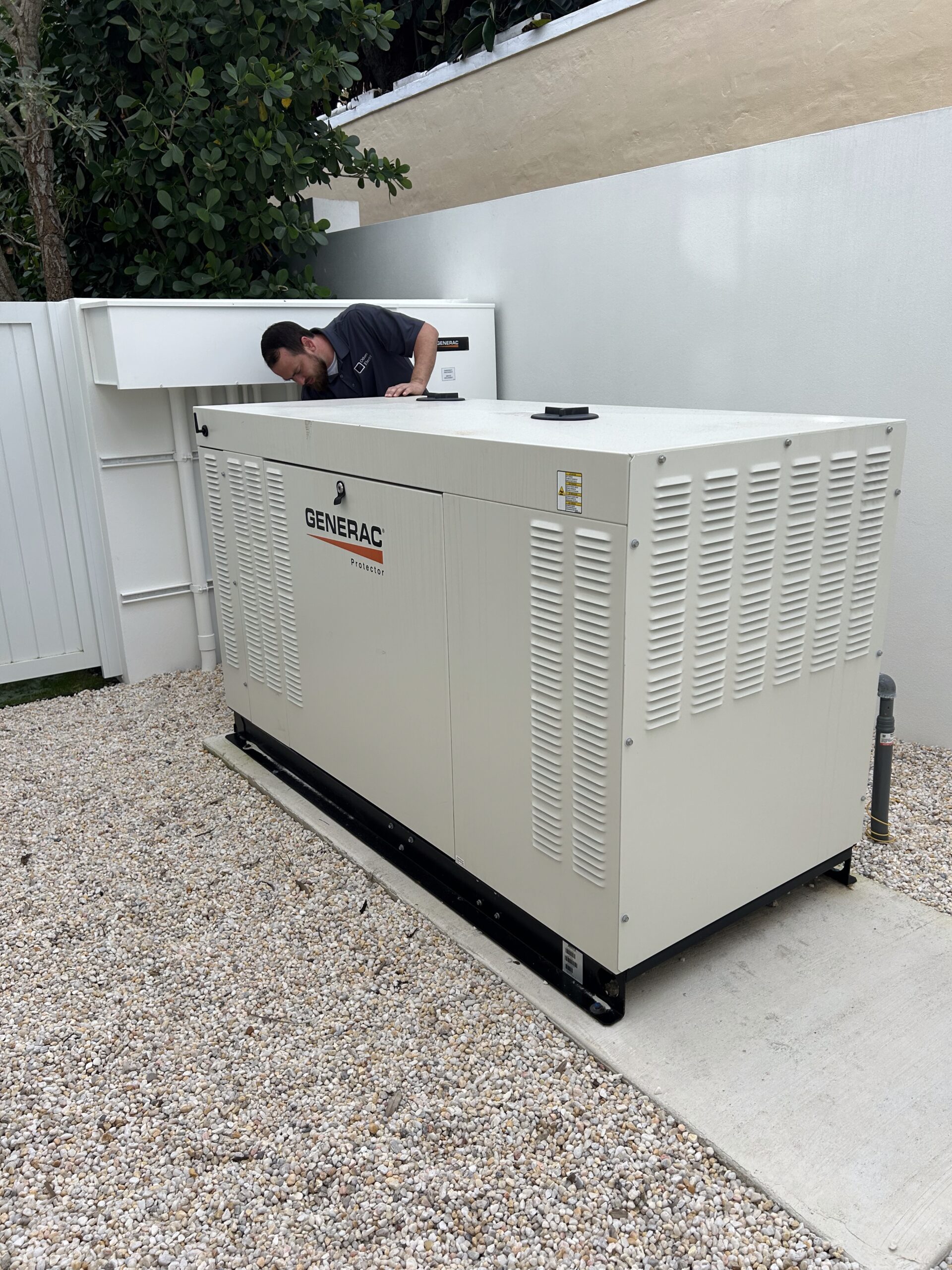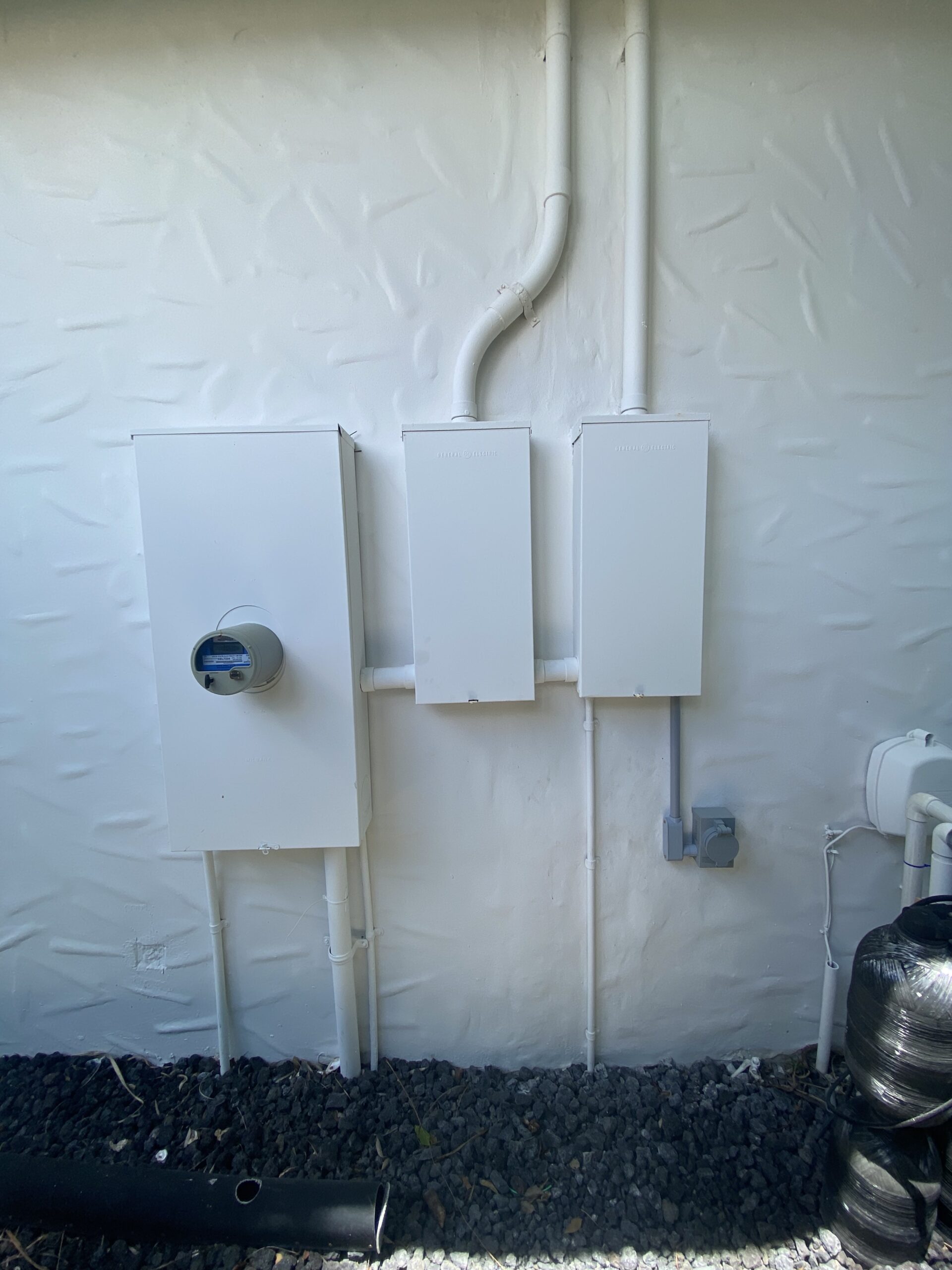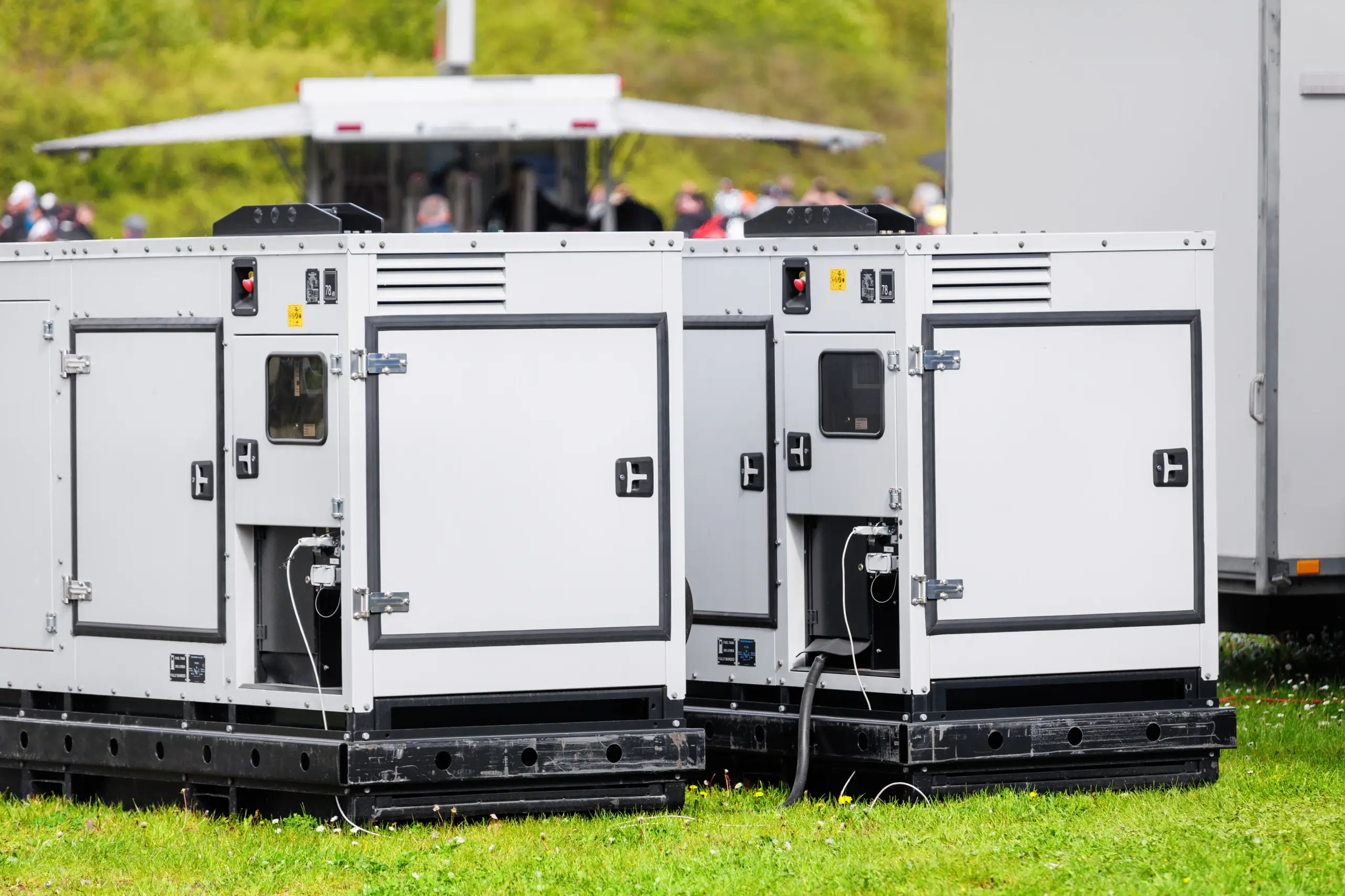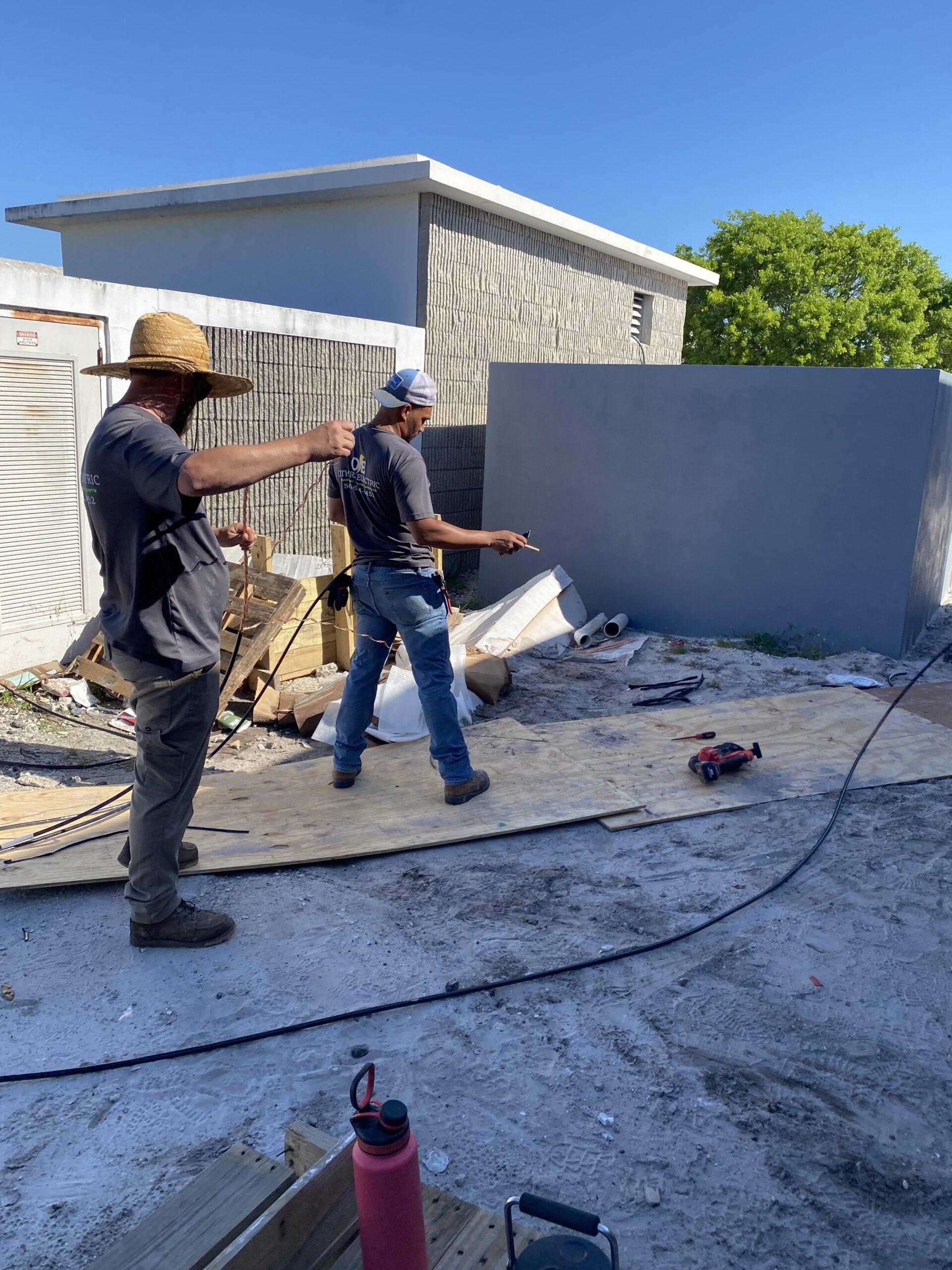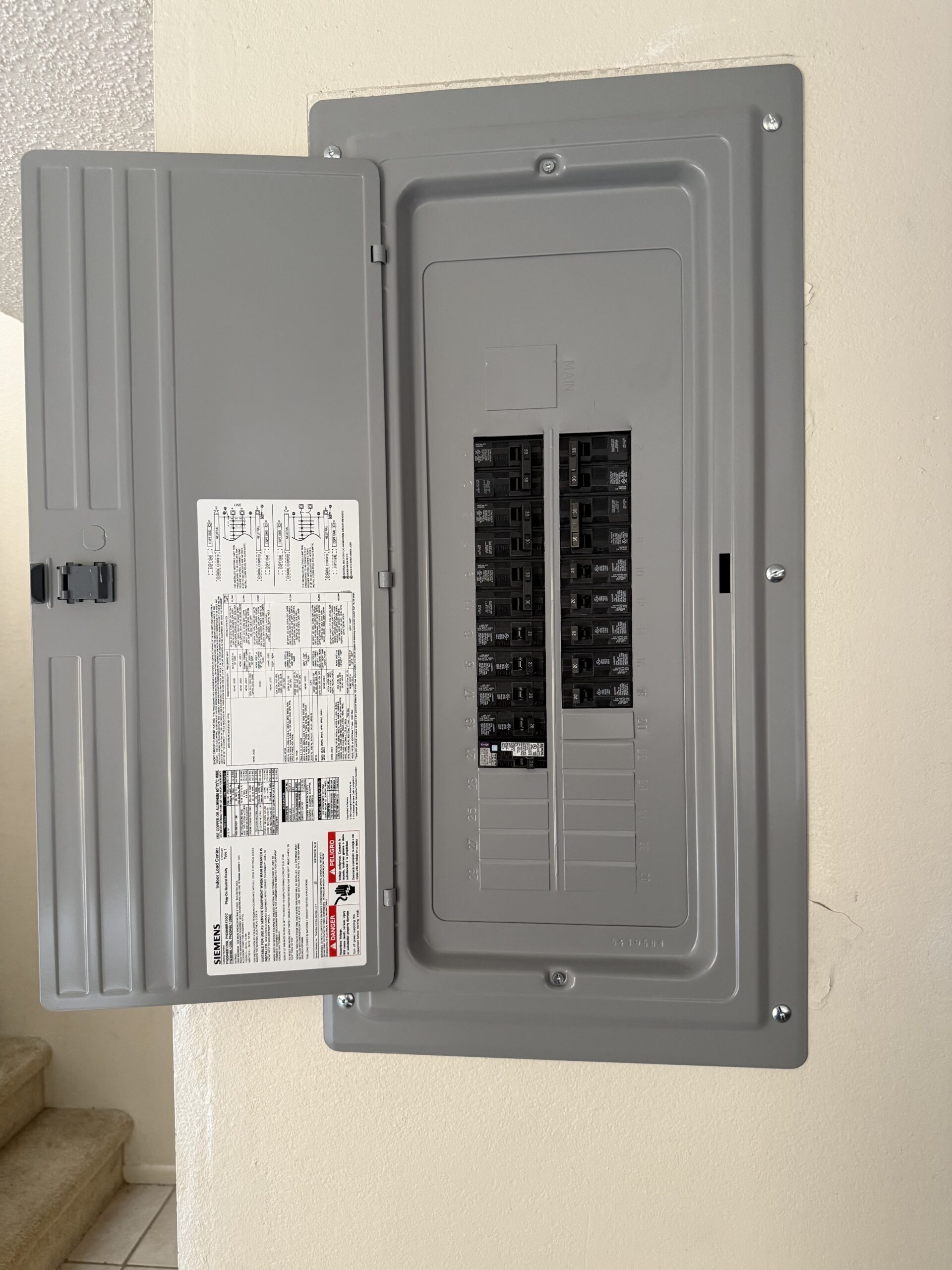Introduction
Power lines crisscross our landscapes, silently delivering electricity to homes, businesses, and industries. Understanding the placement of these essential conduits is crucial, not only for the safety of those working in their proximity but for anyone navigating the skies or ground nearby. In this blog post, we delve into the regulations and considerations that determine how far apart power lines are, shedding light on the intricate web that powers our modern lives.
- Voltage Levels Dictate Placement:
Power lines come in varying voltage levels, and the distance between them is directly influenced by these levels. Higher voltage lines, which carry more electricity over longer distances, are often suspended at greater heights and require more significant spacing to prevent electrical arcing and ensure the safety of maintenance personnel. - Transmission Lines:
Transmission lines, responsible for carrying electricity over vast distances, are the giants of the power line network. These lines can span hundreds of miles and are elevated on tall towers. To maintain a safe distance and prevent potential hazards, transmission lines are spaced far apart, typically ranging from 300 to 500 feet horizontally, depending on the voltage they carry. - Distribution Lines:
Closer to homes and businesses, distribution lines carry electricity from substations to local neighborhoods. These lines have lower voltage compared to transmission lines and are often mounted on shorter poles. The distance between distribution lines can vary but is generally in the range of 30 to 50 feet, ensuring efficient power distribution while minimizing the risk of interference. - Clearances Over Streets and Highways:
Power lines often traverse roads, highways, and other thoroughfares. Federal and state regulations mandate specific clearances to ensure the safety of vehicles and pedestrians passing underneath. Over roads with heavy traffic or in areas prone to oversized vehicles, power lines may be elevated to a height of at least 18 feet. This clearance prevents accidental contact and reduces the risk of electrical accidents. - Residential Areas:
In residential neighborhoods, power lines are typically spaced to accommodate the distribution needs of homes. While the exact distance may vary, a common guideline is to maintain a minimum clearance of 10 feet between power lines and residential driveways or property lines. This ensures that residents can safely navigate their properties without risking contact with overhead lines. - Vegetation Management:
Maintaining a safe distance between power lines and surrounding vegetation is crucial for preventing outages and minimizing the risk of fires. Utility companies implement vegetation management programs to trim or remove trees and branches that could encroach on power lines, maintaining the necessary clearances and reducing the risk of disruptions.
Conclusion
The intricate dance of power lines above us follows a carefully orchestrated plan, with considerations for voltage levels, transmission distances, and the safety of both professionals and the public. Whether soaring high over vast landscapes or weaving through residential neighborhoods, power lines are strategically spaced to balance the efficient distribution of electricity with the imperative of safety. Understanding these guidelines is not only enlightening but also empowers us to coexist harmoniously with the vital infrastructure that powers our modern world.


